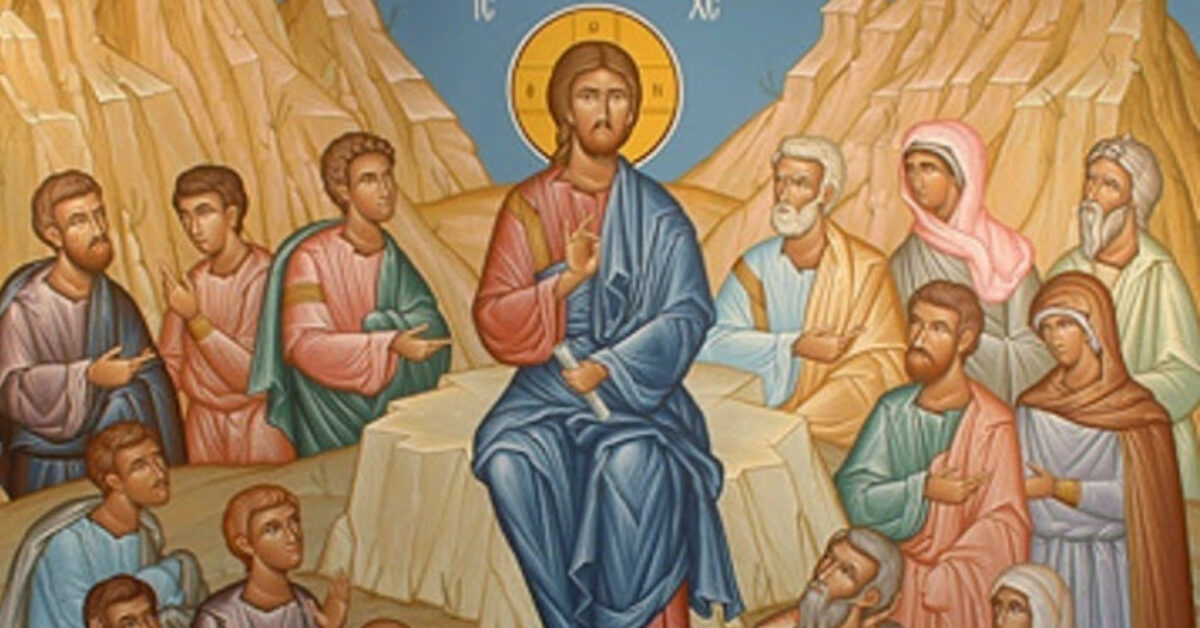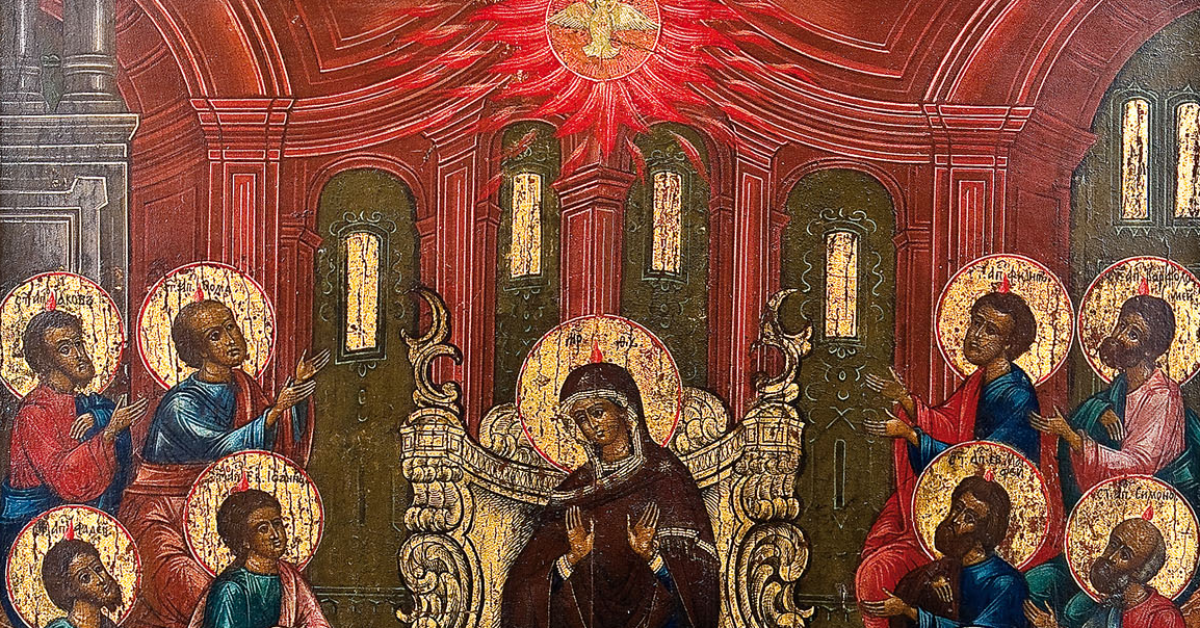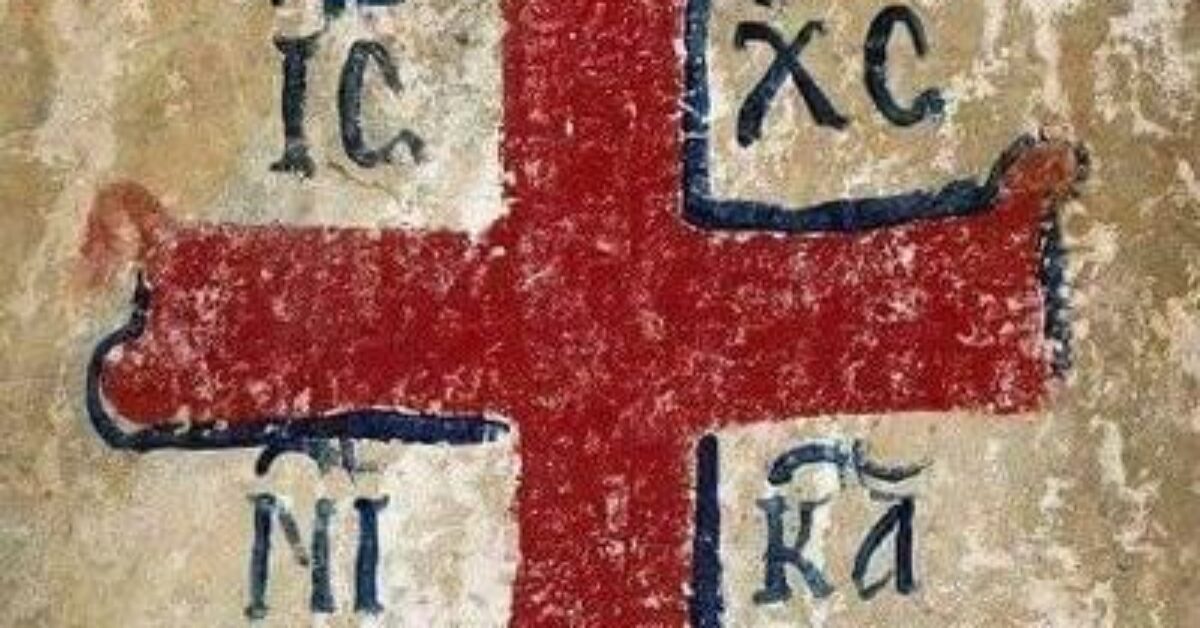Formational Reading of Scripture: Methods of Studying the Word
In previous posts we gave attention to the role that the study of the Scriptures plays in the various stages of the catechumenate. It entails less focus on information and learning what Christians believe and a much greater focus on hearing and reflecting on the Word of God and exploring the questions about Jesus, faith, and the church that seekers and catechumens pose. This type of reading and exploration of Scripture is often called formational reading of Scripture. As the book Understanding Faith Formation indicates, formational reading transforms the reader by the influence of the Word of God mediated through the lived encounter with the text by the power of the Holy Spirit (94).
As part of the general approach of the catechumenate for forming disciples who live by faith in the Lord Jesus Christ, formational reading aims to transform the lives of those encountering Christ in the church’s life. Formational reading is described by Understanding Faith Formation in the following ways:
- The objective is not to cover as much material as possible
- Formational reading is deep
- Allows the text to master the reader
- The reader is shaped by the text
- Forms a humble, receptive approach to the Scriptures
- Expects an openness to mystery (especially of God) as encountered in the text (95-96)
Since the reintroduction of the catechumenate with the RCIA in the 20th century, three primary approaches to study of the Scriptures have proven effective among Lutherans (and other Christians) as methods of formational reading: The African study method, the Luther method, and the Visualization method. All three forms are easily adaptable and can be contextualized to any given congregation. For example, instead of focusing on the lectionary readings, especially in the early stages of the catechumenate, some congregations focus on the Word as it is encountered in the worship experience of the church, through the liturgy. Liturgical texts and actions become the primary encounter with the Word upon which these study methods focus. Over the next 8 weeks we will consider these three primary study methods and how they can be used to shape a formational reading of Scripture in a congregation’s catechumenate and in its life together.
One of the results of the catechumenate is that it builds community and incorporates newcomers into that community. Establishing such a formational reading approach to encountering the Word of God will form the community around the Word, with the Word at the center. It will lead the explorers and catechumens to fall “in love with the Scriptures” and to make it a daily part of their contemplation of and encounter with Christ (Macalintal, Your Parish is the Curriculum, 75) through their corporate life together in Jesus.


